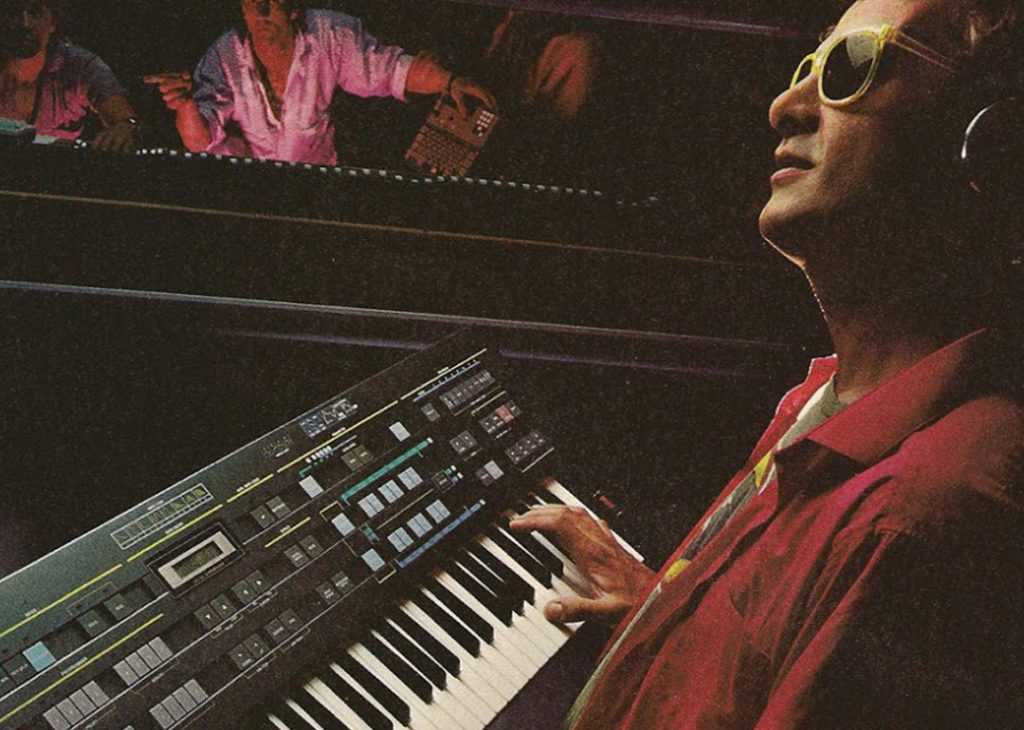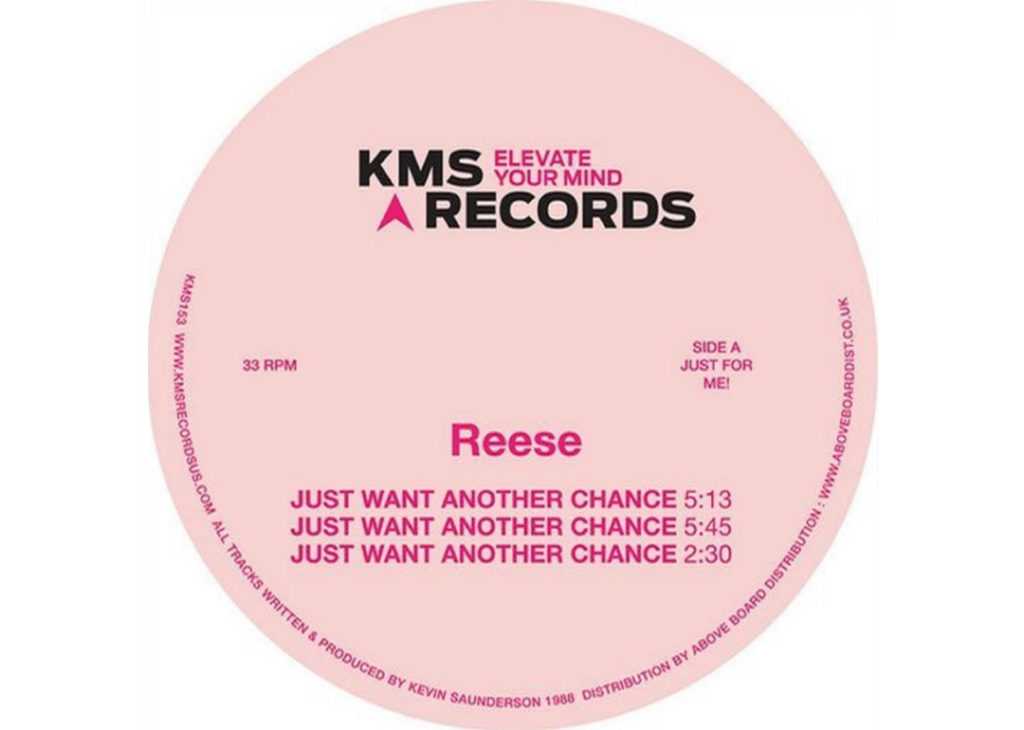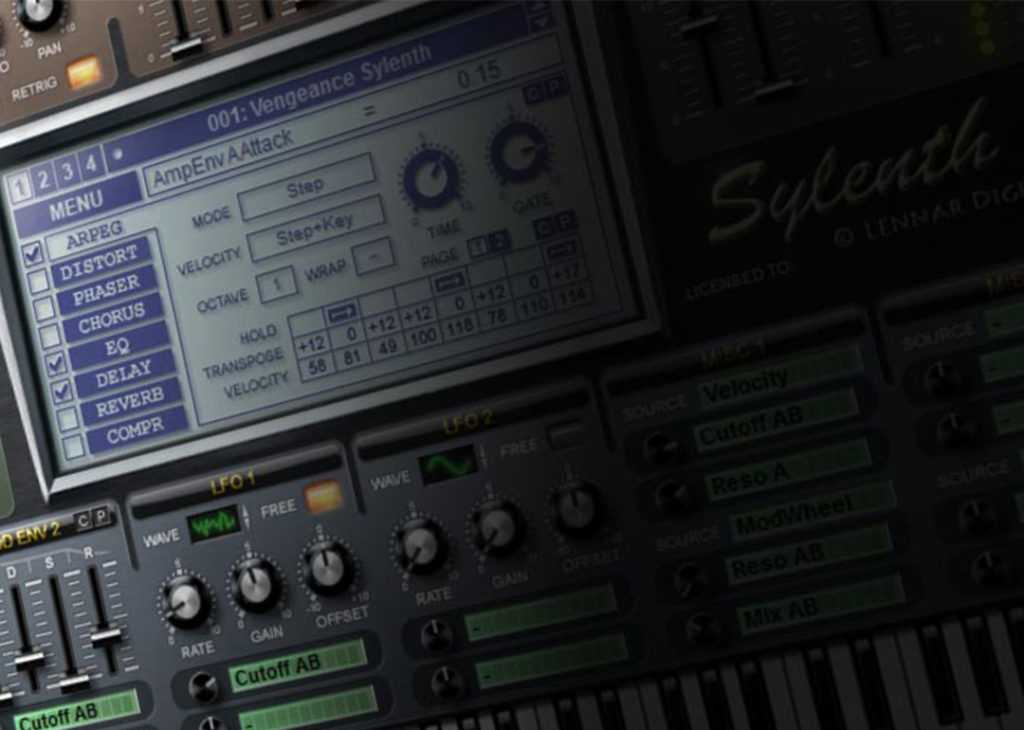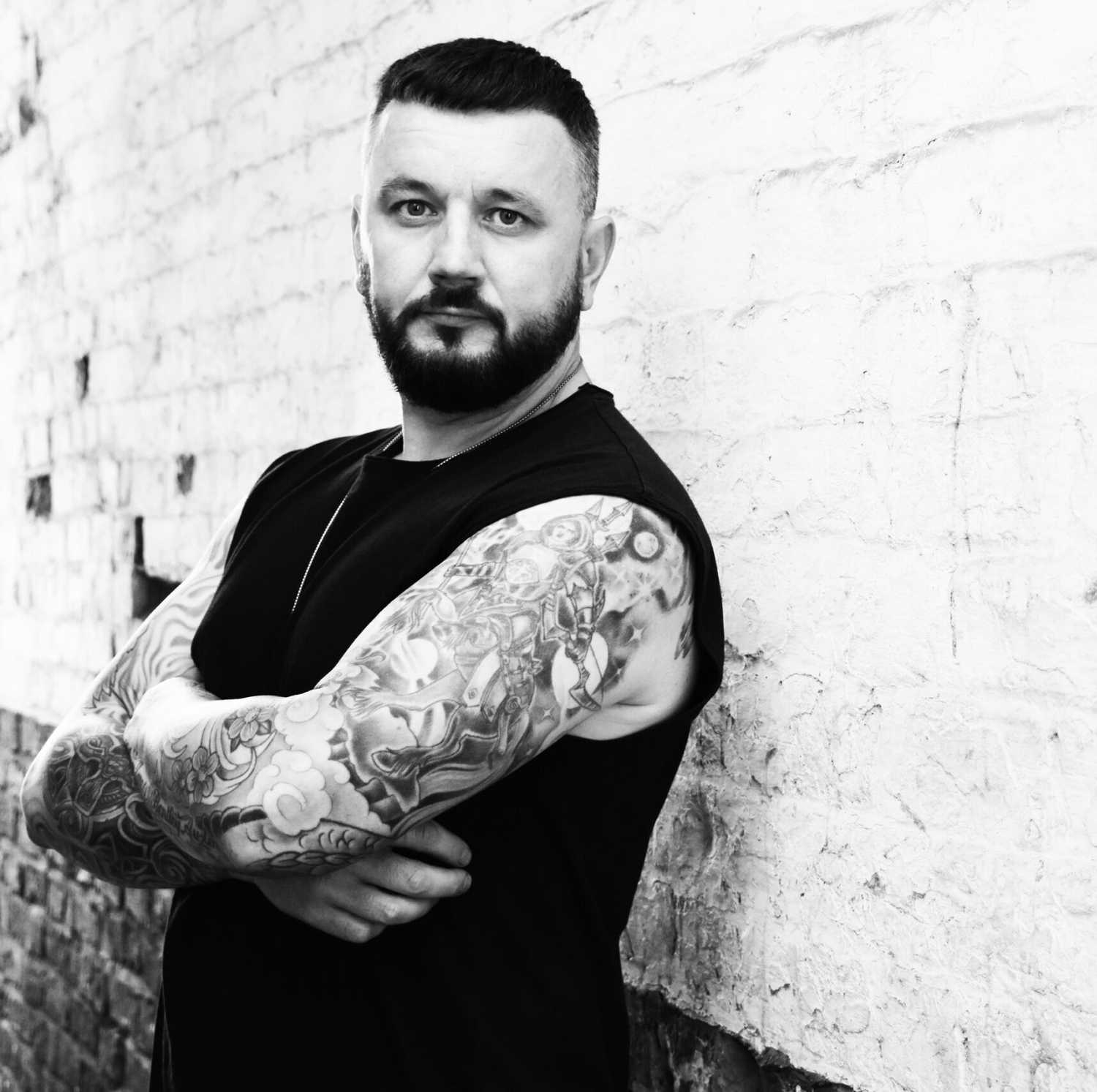has been added to your cart.

Everything You Need To Know About The Reese Bass
Today, we're giving you the lowdown on one synth sound that is near and dear to our hearts: the Reese bass.
Everything You Need To Know About The Reese Bass
There are some sounds that are so iconic to House music that they will never, ever, get old. Whether it’s a Rhodes Piano, an M1 Organ, or even a Reese bass, there’s a reason that these sounds appear in what may be millions of different records at this point. Today, we’re giving you the lowdown on one synth sound that is near and dear to our hearts: the Reese bass.

What is a Reese Bass?
You’ve heard it a million times. The low grumble that fills the extra space in a long breakdown. The razor-sharp distorted lead that cuts through the club at 4 AM on a DnB night. To the surprise of many, it’s all the same exact sound, just processed differently: the Reese bass.
While it may seem complicated, the Reese bass is actually quite simple. In fact, it’s little more than two or more detuned saw waves that engage in phase cancellation with one another.
Phase cancellation takes place whenever two signals occupying the same frequency fall out of “phase” with one another.
In the case of the Reese bass, you end with a brooding type of bassline that’s great to be used as a background ambiance, a lead, or even the top layer of sub-bass when done properly.
While the Reese bass had a House music heyday in the 1990s, it’s recently come to popularity once again with the rise of bass-driven House tunes in the charts.
As a result, many producers wrongly believe that this is a sound that’s been borrowed from Bass Music. In reality, the Reese bass has been one of House music’s most prized possessions since the late 1980s.

Who Invented It?
The Reese bass is almost always associated with DnB, Dubstep or Speed Garage. While these genres may have taken the idea and ran with it, it’s important to remember that the Reese bass was actually a creation of none other than Kevin “Reese” Saunderson.
That’s right. The first known instance of a Reese bass being used in a record was in Saunderson’s 1988 classic “Just Another Chance.”Released under his “Reese” alias, the track was released on Incognito Records. Little did he know, it would go on to forever change the face of Electronic music.
Remember, before Terrorist by “Renegade,” or even Alex Reece’s “Pulp Fiction” there was Kevin Saunderson fiddling around on his Casio CZ-5000.
Though our friends in the DnB camp may have been the ones to popularize this iconic sound, you can be sure that “in the beginning,” this sound was all ours. The Reese bass sound belongs to House music.
But, let’s just say we’re fine with the DnB leasing it out…and long as they remember where it’s come from!
How Can I Make A Reese Bass?
The Reese bass is devilishly simple and takes less than five minutes to make.
Load up any subtractive synthesizer, analog or digital. In the box, we’re big, fans of Sylenth. In terms of analog gear, you can’t go wrong with a Novation Bass Station.
Kick things off by loading up a saw wave on oscillator 1, and a pulse wave on 2. Add as many voices as you see fit, we typically add about 5 on each.
Detune each oscillator to taste. This is very much going to depend on what sound you’re going for. Feel free to play with the detune knob as you feel fit. Go crazy.
Add a lowpass filter, and a healthy amount of resonance. Sprinkle on some distortion to taste.
Serve it hot, and with a side of 909 drums. Viola, there you have it. A Reese bass!
Where the real challenge comes in, however, is making your Reese bass stand out against an army of competitors. Trust us, you want your music to sound credible, not like a rip off of something that’s already been done.

Learn Sound Design With Toolroom Academy
There’s no denying that sound design is something that can either make or break your career as an artist.
Even in the case of “Just Another Chance,” Saunderson’s ability to push the envelope of what was sonically possible is what sent his track to atomic levels of exposure.
There’s a lesson to be learned here. Saunderson didn’t just sample an existing tune. Instead, he went on to (literally) change House music history.
Having a unique, innovative sonic identity is crucial for breaking through in today’s music scene. Even in the case of the classic Reese bass, a million different variations exist.
It’s yourjob to hunker down in the studio and make your own! Shoot for the moon, and you land among the stars. Shoot for the stars, and you’ll never make it off the ground.
In any case, doing so is often a case of easier said than done. Trust us, we’ve been there. Learning to create new, novel sounds is no easy task. In reality, it can be one of the hardest parts of building a career for yourself in music.
It’s for this exact reason that we’ve designed our 16-Week Creativity Unlocked Programme. In addition to our unique approach to sound design, we teach a range of creative strategies that will make your tracks truly stand out.
Focusing on practical, achievable techniques that we know to work for today’s leading artists, Creativity Unlocked is designed to take your tracks from “good” to “great.”
If you’re curious about how Toolroom Academy’s range of production courses can help you, feel free to reach out!
With 2020 right around the corner, there has never been a better time to make a serious effort towards achieving your production goals.
What are you waiting for? Get in touch with us today.
Login
X
